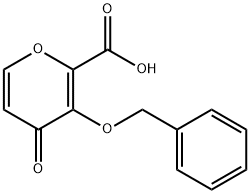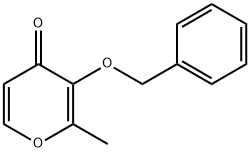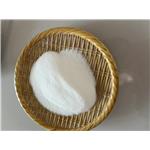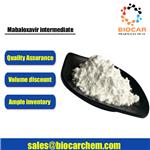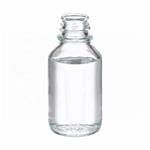Pharmaceutical Applications
There are a variety of preclinical, clinical, and marketed new drugs that contain 3-(benzyloxy)-4-oxo-4H-pyran-2-carboxylic acid fragments. As shown in the figure below, several types of drug molecules, as well as the marketed drugs such as dulutevir (GSK1349572) and baloxavir (Baloxavir) contain this important structural fragment.
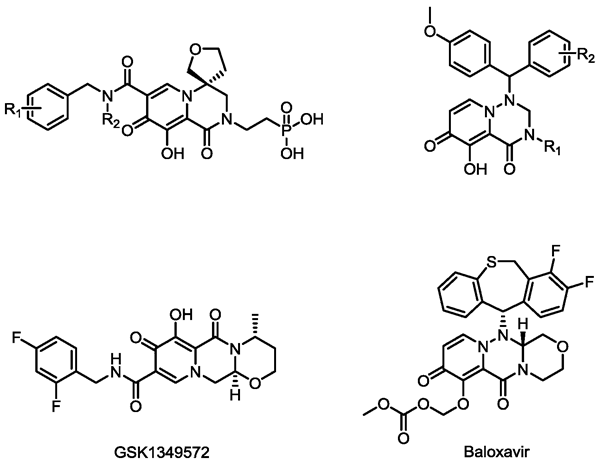
Synthesis

Add 2-(hydroxymethyl)-3-(benzyloxy)-4H-pyran-4-one (Compound IV) 39.8Kg, dichloromethane (340L) and water (170L) to the reaction kettle to start stirring. Then add sodium bicarbonate (77Kg), sodium bromide (1.6Kg) and 2,2,6,6-tetramethylpiperidine-nitrogen-oxide (TEMPO) (2.3Kg), cool to 5℃, drop Add 10% sodium hypochlorite (340Kg). After the dropwise addition, stir at 5°C for 1 hour. The reaction is completed. Add 30% aqueous sodium thiosulfate solution (242L) and stir for 1 h. Add concentrated hydrochloric acid to adjust pH=4, separate the organic phase, extract the aqueous phase twice with dichloromethane (120L), combine the organic phases, and concentrate under reduced pressure to obtain the crude product. The crude product was recrystallized from acetonitrile to obtain 3-(benzyloxy)-4-oxo-4H-pyran-2-carboxylic acid (Compound VI) 32.4Kg, purity 99%, yield 77%. LC-MS: [M+H] + = 247.06, [M] + = 245.05; 1 H NMR (DMSO-d 6 ) δ8.00 (d, J = 5.6 Hz, 1H), 7.17 (s, 5H), 6.34 (d, J = 5.7 Hz, 1H), 4.91 (s, 2H), 2.30 (s, 1H).
